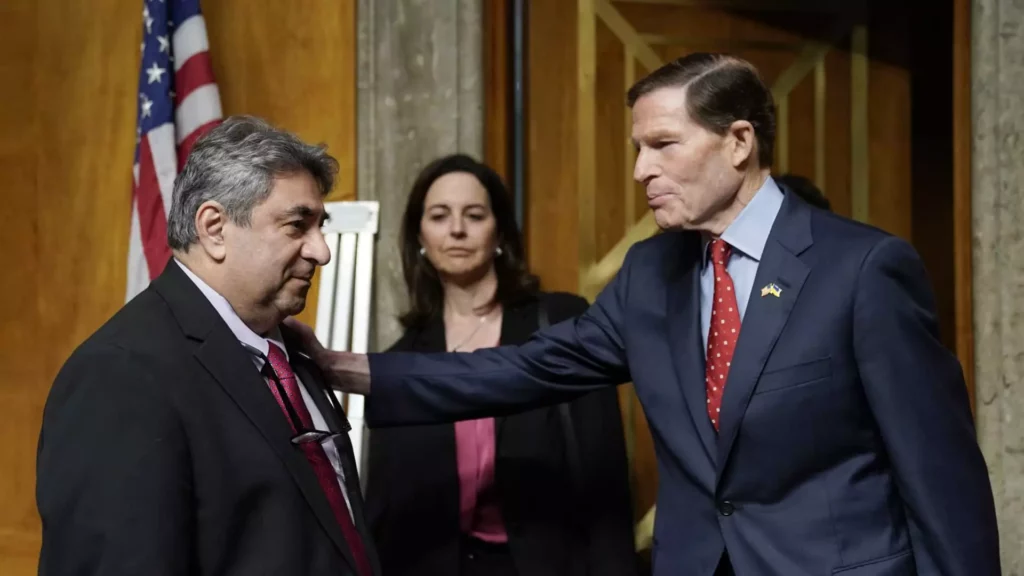![]()
Boeing, the renowned aircraft manufacturer, faced intense criticism during two Senate hearings that highlighted safety and quality concerns. A former Boeing engineer turned whistleblower, Sam Salehpour, testified before a Senate panel, accusing the company of cutting corners to expedite the production process of wide-body jets. Salehpour raised concerns about the improper shimming of gaps on the 787 Dreamliner’s fuselage, warning that this oversight could lead to premature fatigue failure. These allegations shed light on potential safety risks associated with Boeing’s manufacturing practices.
Boeing’s Response
In response to the whistleblower’s claims, Boeing denied the allegations and defended the integrity of its aircraft and testing processes. The company emphasized the extensive fatigue testing conducted on the 787 and 777 aircraft to ensure their safety. Despite the mounting scrutiny, Scott Kirby, the CEO of United Airlines, a prominent Dreamliner operator, expressed confidence in the safety of the 787 aircraft. Boeing’s efforts to reassure the public and stakeholders about the safety of its planes come amidst growing concerns following a recent midair incident involving a Boeing 737 Max 9 aircraft.
Recent Safety Incident
The safety concerns surrounding Boeing were exacerbated by a midair door blowout incident on a Boeing 737 Max 9 plane during an Alaska Airlines flight. This event, which occurred at 16,000 feet, raised questions about the reliability of Boeing’s aircraft and further brought the company’s safety culture into question. As a result of this incident and ongoing scrutiny, Boeing has experienced a slowdown in new plane deliveries, with the Federal Aviation Administration intensifying its oversight of the company’s production lines. The ripple effects of these safety concerns have prompted leadership changes within Boeing, with CEO Dave Calhoun announcing his departure by the end of the year and significant shifts in the company’s executive team.
The recent Senate hearings and whistleblower testimony have brought Boeing’s safety practices under intense scrutiny. The allegations of cutting corners and safety oversights have raised concerns about the company’s commitment to ensuring the safety of its aircraft. As Boeing navigates through this crisis and works to regain public trust, it must address the underlying issues in its safety culture to prevent future safety incidents and uphold its reputation as a leading aircraft manufacturer.

Leave a Reply